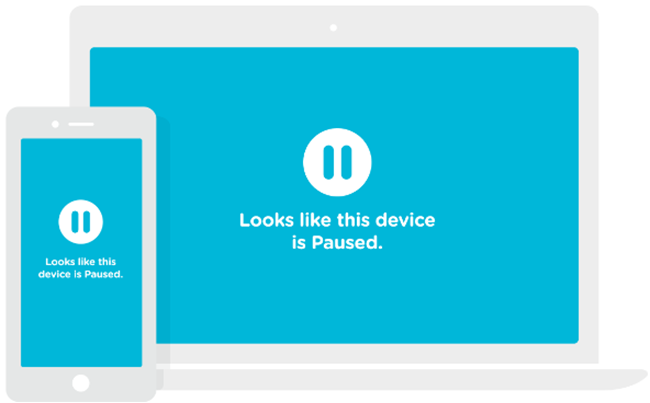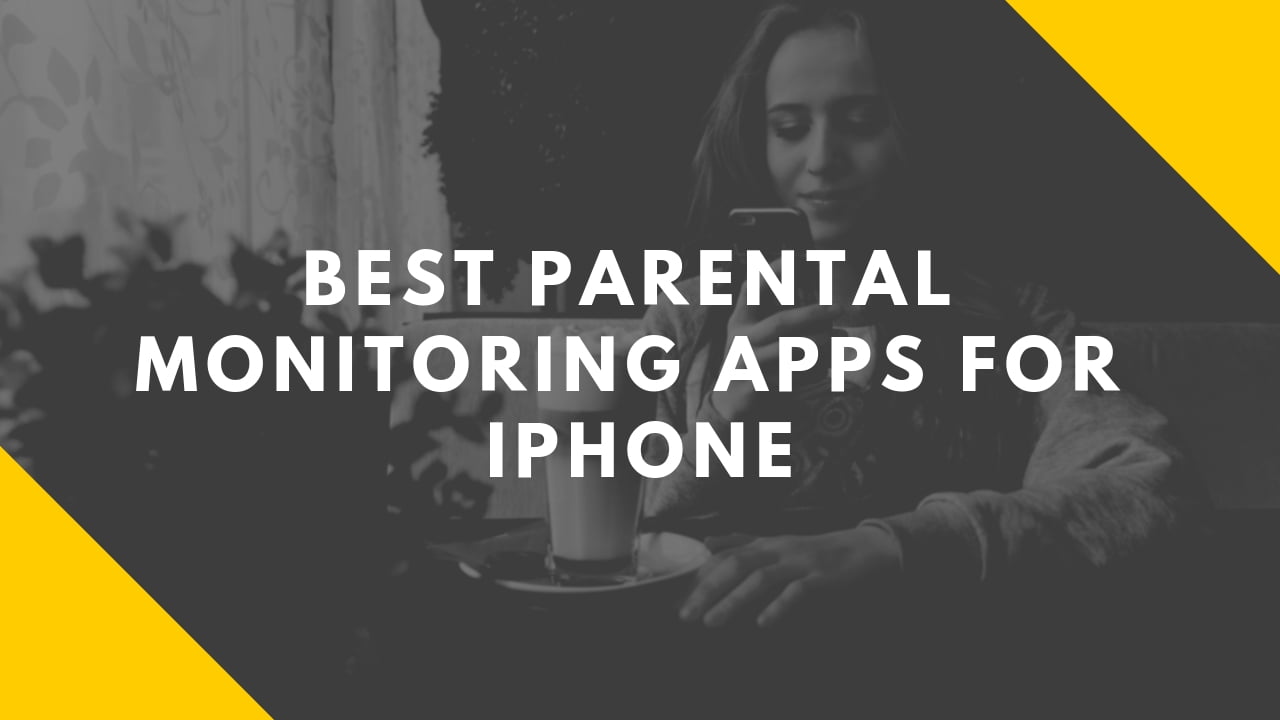
Winner: Not having a shut-down switch is a glaring oversight in Screen Time, so despite my son’s preference for my fumbling, Family Link and FreeTime both come out ahead. Apple, unfortunately, doesn’t offer a way to shut down the device instantly, so you’ll need to adjust the All Apps & Categories time limit accordingly if you want a quick shut-down. Amazon lets you set a shutdown period of 1 to 12 hours, while Google will shut it down until the following day’s Bed Time (though both methods can be overridden if you have a change of heart). You can press Pause Devices in FreeTime or Lock Now in Family Link to quickly shut down your kid’s device. Screen Time, Family Link vs FreeTime: Shut down device IDGĪ kill switch is super-important, but they don’t all have one. I preferred Apple’s ability to limit individual apps, and my son liked being able to use his tablet after a timer was reached. Apps that have met their limit will be grayed-out, with a small Screen Time hourglass icon next to them. But at least your kid won’t be penalized for the time they spend switching apps or just plain spacing out. The only drawback is Apple doesn’t let you see which apps are inside each category if there are more than two, so it’s a bit of a guessing game at first.

Because it breaks down its daily limits by one of eight categories (games, entertainment, creativity, etc.) instead of per-day, you need to consider what you want to allow your kids to do. Once the limit has been reached a full-screen message will inform them that their time is up.Īpple, on the other hand, is all about individual apps. Amazon lets you set limits by activity type, so you can set different timers for apps, audio books, reading books, watching videos, and using the web, but you can’t limit individual apps. Family Link is the only one of the three that doesn’t let you set a limit by app or app category, so you’ll need to constantly adjust your daily limits to give more time for a specific app. Screen Time, Family Link vs FreeTime: Shut down apps IDGĪll three options let you completely remove apps from your kid’s device, but limiting them is a little trickier. I preferred Family Link daily limits, which were easier to adjust on the fly. Winner: My son liked Apple’s method best because he could switch from playing games to watching videos when one timer ran out. Google and Amazon both offer the ability to sign in as a new user on an existing device so a child can borrow a parent’s tablet or phone and still be tracked. While your kids will need to be signed in to their own device for each of these methods to work, only Apple assumes that your child will have their own iPad or iPhone new enough to run iOS 12. Screen Time, Family Link vs FreeTime: Devices IDG My son didn’t care, but he liked picking out his avatar on FreeTime. Winner: I didn’t mind setting up a limited email account for my son, but I preferred FreeTime’s method. Once set up, you can remotely manage their account on the web from any device at.


You don’t need to create an email account for your child, though you will need to link their profile to your existing Amazon account.
#Qustodio vs circle download#
Like Google, Amazon also requires a download of the Amazon FreeTime app to get started. Otherwise, the process is fairly straightforward and simply requires following the prompts. To go through the setup process, you’ll need two devices on Nougat or later, one for you and one for your child. Once it’s installed, you’ll need to create a Google account for your child (again, under 13).

#Qustodio vs circle android#
Google has built in a set of Digital Wellbeing tools into Android 9 Pie to track how much you’re using your phone, but if you want parental controls, you’ll need to download the free Family Link for Parents app.


 0 kommentar(er)
0 kommentar(er)
